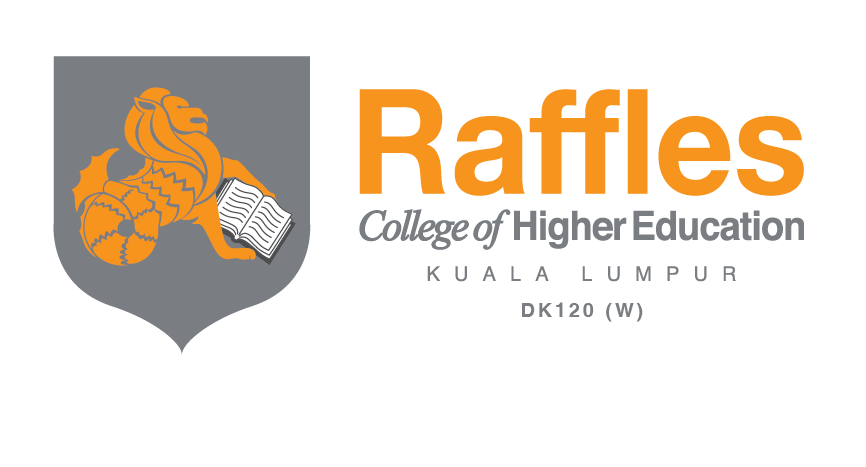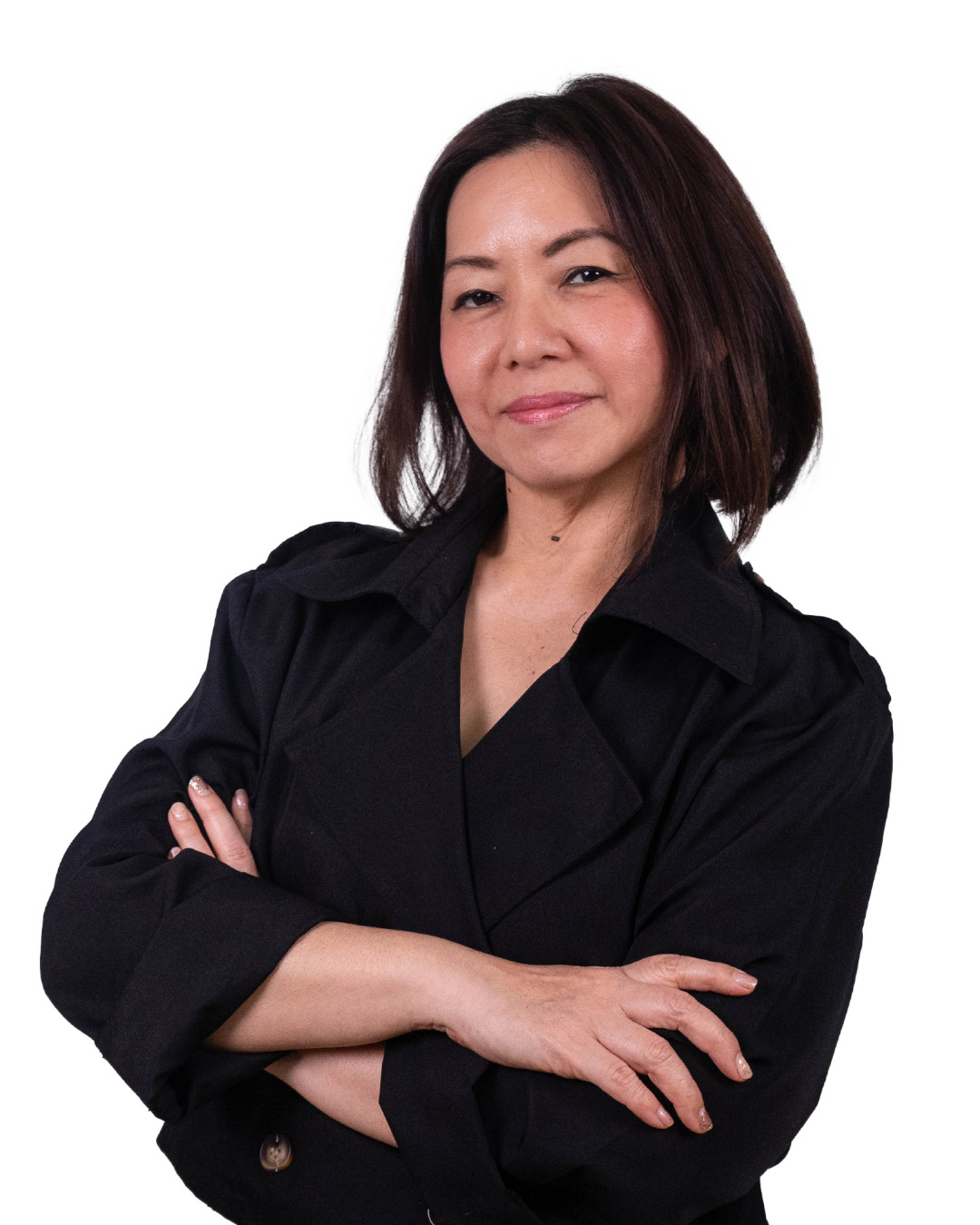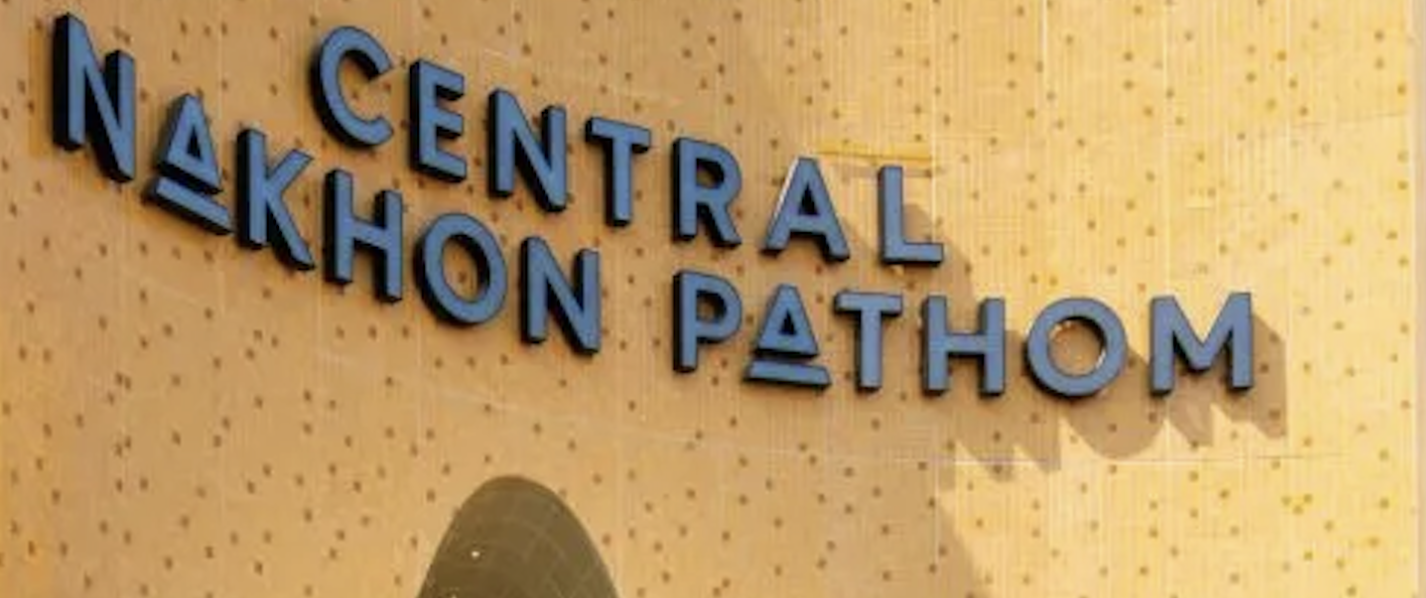
Abstract
Creativity is widely recognised as central to fashion design, yet its assessment within higher education remains complex. Unlike technical competencies, which can be measured against objective standards, creativity is multifaceted, subjective, and influenced by cultural and personal perspectives. This paper examines the challenges of evaluating creativity in fashion design education and proposes a balanced approach that integrates rubrics, process-based assessment, and reflective practices. By recognising creativity as both process and product, educators can foster innovation while maintaining transparency and fairness in assessment.
Introduction
Creativity is often described as the cornerstone of fashion design, shaping how ideas evolve from concepts into garments that express identity, culture, and innovation. However, the assessment of creativity within educational contexts presents significant challenges. While technical proficiency may be evaluated objectively, creativity is more fluid and resists rigid measurement. This raises critical questions for fashion educators: How can creativity be defined in design education, and what strategies allow for fair and meaningful assessment?
Defining Creativity in Fashion Design
Creativity in fashion extends beyond aesthetics to include originality, problem-solving, and the translation of abstract ideas into tangible outcomes. It can be understood as both a process encompassing research, ideation, and experimentation and a product, expressed in the final garment or collection. Viewing creativity through this dual lens provides a more comprehensive foundation for evaluation.
Challenges in Assessment
The main difficulty lies in balancing subjectivity and objectivity. Assessment that is overly rigid risks discouraging experimentation, while purely subjective judgments can undermine transparency and credibility . Moreover, cultural and stylistic biases may affect evaluators’ perceptions of originality, raising questions of fairness in multicultural classrooms.
Approaches to Assessing Creativity
Rubrics are widely used to provide structure, breaking creativity into assessable dimensions such as originality, technical execution, relevance, and risk-taking. However, research suggests that focusing solely on outcomes may overlook important aspects of creative development. Incorporating process-oriented methods—such as evaluating sketchbooks, portfolios, and iterative prototypes—captures the evolution of ideas. Additionally, peer and self-assessment encourage reflection, enhance critical awareness, and expose students to diverse understandings of creativity.
Conclusion
Assessing creativity in fashion design education requires an approach that balances flexibility with rigor. By combining rubrics with process-based assessment and reflective practices, educators can create transparent frameworks that nurture student innovation without imposing stylistic conformity. Ultimately, assessment should aim not to grade taste, but to support the development of imaginative, adaptable designers prepared to contribute to the evolving fashion industry.







